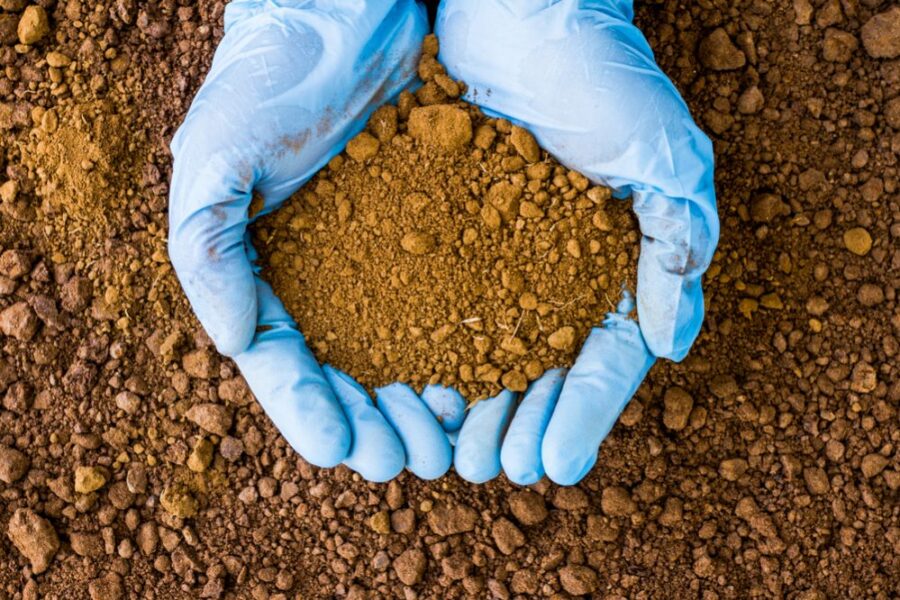Conduct A Soil Test
It Feels Like Home!

Expert Tips To Conduct A Soil Test Successfully.
Here are some tips to conduct a soil test, for a lush green carpet of grass.
Choose the Right Time: It’s best to conduct soil tests when the soil is relatively dry, as excessively wet soil can affect the accuracy of the results. Avoid testing immediately after rainfall or irrigation.
Use Clean Tools: Use clean tools such as a trowel or soil probe to collect soil samples. Avoid using tools that may be contaminated with fertilizer, pesticides, or other substances that could affect the test results.
Collect Representative Samples: Take multiple soil samples from different areas of your lawn or garden to ensure they are representative of the entire area. For larger areas, divide the area into sections and take samples from each section.
Depth of Sampling: For most plants, sample soil to a depth of 4-6 inches. For lawns, sample to a depth of 3-4 inches. Take care to collect samples from the root zone where plants obtain their nutrients.
Composite Sampling: Combine the individual soil samples collected from different areas into a single composite sample. Mix the samples thoroughly to ensure an even distribution of soil particles.
Air Dry Soil: Spread the composite soil sample on a clean surface and allow it to air dry completely. This may take several days depending on weather conditions. Avoid drying soil in direct sunlight, as this can affect the test results.
Remove Debris: Remove any debris such as rocks, roots, or plant material from the dried soil sample. Break up any clumps and ensure the sample is uniform in texture.
Label Samples: Label each soil sample with information such as the sampling location, date, and any other relevant details. This will help you keep track of the samples and interpret the results correctly.
Choose the Right Test: Determine the type of soil test you need based on your goals and the specific needs of your lawn or garden. Common tests include pH testing, nutrient analysis, and soil texture analysis.
Follow Instructions Carefully: Whether you’re using a DIY soil test kit or sending samples to a soil testing laboratory, follow the instructions provided carefully to ensure accurate results. Pay attention to sampling depth, sample preparation, and testing procedures.
By following these tips, you can conduct a soil test effectively and obtain accurate information about your soil’s pH level, nutrient content, and other important factors. This information will help you make informed decisions about soil management and optimize the health and productivity of your plants.
